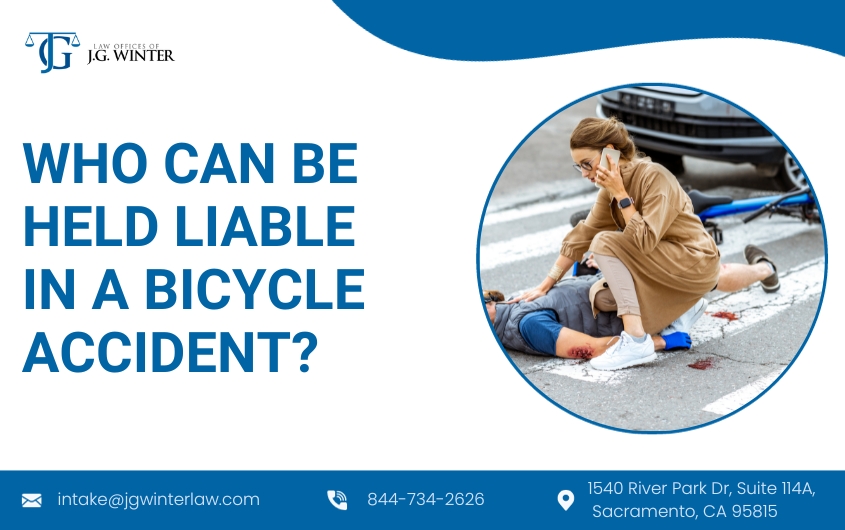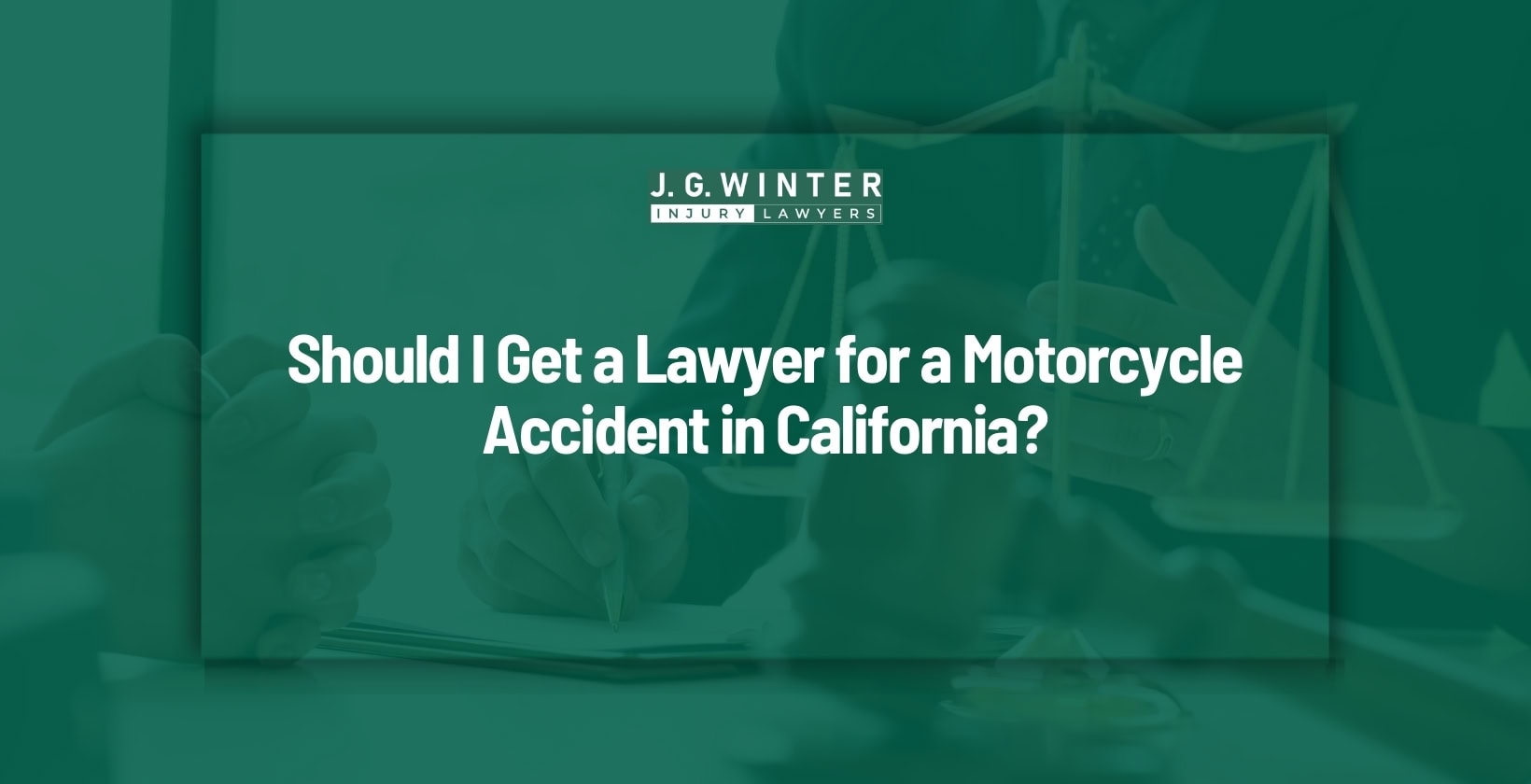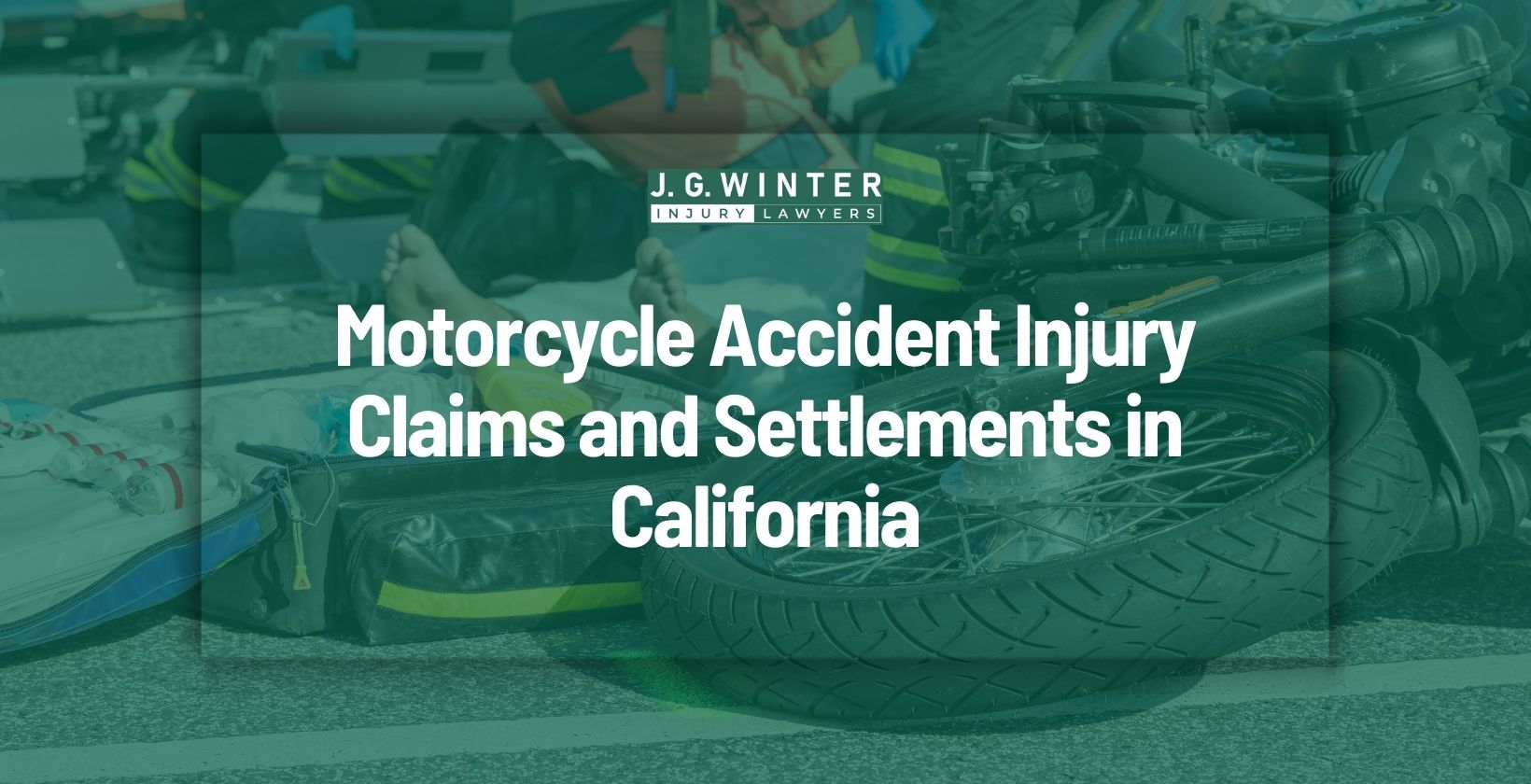The aftermath of a bicycle accident often involves a complex web of liability. Understanding who is at fault is not always straightforward, as various parties could potentially bear responsibility. Liability might extend beyond the immediate other party involved in the crash; it could encompass vehicle drivers, the cyclists themselves, product manufacturers, or even government entities responsible for road maintenance.
Determining who is liable requires a careful examination of the circumstances surrounding the accident. J.G. Winter Law helps bicycle accident victims identify the responsible parties and pursue the justice and compensation they deserve.
Understanding Liability in Bicycle Accidents
Determining liability in bicycle accidents revolves around negligence. It occurs when an individual fails to exercise reasonable care, leading to an accident. In traffic incidents, this could mean a driver not paying attention, a cyclist ignoring traffic signals, or even a local government neglecting road maintenance.
Establishing liability involves proving that one party’s negligence directly caused the accident and the resulting injuries. The process requires demonstrating that there was a duty of care owed, that duty was breached, and the breach directly led to the damages suffered. Understanding these nuances of negligence is crucial in bicycle accident cases to accurately assign liability and serve justice.
Potential Liable Parties in a Bicycle Accident
Determining who is at fault in a bicycle accident can involve various parties, each with a potential role in the incident. From motor vehicle drivers to the cyclists themselves, the liability can lie in several areas depending on the specific circumstances of the accident.
Motor Vehicle Drivers
In many bicycle accidents, the liability often falls on motor vehicle drivers. It can occur if the driver was engaging in reckless behavior like speeding, distracted driving, failing to yield, or violating traffic laws. Proving driver negligence is key in such scenarios, especially if the driver’s actions directly led to the collision with the cyclist.
Cyclist’s Responsibility
Cyclists can be held liable in accidents, especially if their actions contributed to the incident. It includes scenarios where the cyclist was not adhering to traffic laws, cycling recklessly, or riding in an unsafe manner. The cyclist’s negligence may either solely cause the accident or contribute to it alongside other factors.
Manufacturer Liability
In some bicycle accidents, the fault may lie with the bicycle’s manufacturer. It usually pertains to cases where a defect in the bicycle’s design or manufacturing led to the accident. Product liability can be a complex area, often requiring expert testimony to prove that a defect existed and caused the accident.
Government Entities and Road Conditions
Poorly maintained roads or inadequate signage can also lead to bicycle accidents, potentially implicating local government entities. Liability may be attributed to the government for failing to provide safe and well-maintained roadways for cyclists.
Compensation You Can Seek From At-fault Parties
Bicycle accident victims are entitled to seek various forms of compensation from at-fault parties. These compensations are categorized into economic damages, non-economic damages, and, in some cases, punitive damages.
Economic Damages
Economic damages compensate for quantifiable financial losses resulting from the accident. These include:
- Medical expenses: Costs for emergency treatment, hospital stays, surgeries, medications, and ongoing medical care.
- Lost wages: Compensation for the income lost due to inability to work post-accident.
- Property damage: Costs for repairing or replacing your bicycle and other damaged personal items.
- Rehabilitation costs: Expenses for physical therapy and other rehabilitation services.
Non-economic Damages
Non-economic damages cover the intangible losses experienced due to the accident, such as:
- Pain and suffering: Compensation for the physical pain and emotional distress caused by the accident.
- Loss of enjoyment of life: Compensation for the inability to partake in hobbies or activities you enjoyed before the accident.
- Emotional distress: For the psychological impact, such as anxiety, depression, or PTSD.
Punitive Damage
Punitive damages are intended to punish the liable party for their egregious conduct and deter similar behavior in the future. These are awarded in cases where the defendant’s actions were particularly reckless or malicious. For example, if a driver was heavily intoxicated or deliberately aggressive towards the cyclist, the court might impose punitive damages.
Legal Representation to Determine Liable Parties in Bicycle Accidents
Navigating the complexities of a bicycle accident case often requires the expertise of legal professionals. Personal injury lawyers specializing in such cases play a crucial role in determining liability and advocating for rightful compensation. They bring a deep understanding of the laws and regulations governing road safety and cyclist rights. Through thorough investigation and gathering of evidence, a lawyer can piece together the events leading to the accident, identify responsible parties, and build a strong case on your behalf.
Proving Negligence in Bicycle Accidents
Proving negligence in bicycle accidents depends on establishing that the other party breached a duty of care and that this breach directly resulted in your injuries. A bicycle accident lawyer utilizes various evidence, including accident scene photographs, witness statements, and expert testimonies, to establish the fault. They counter any defense strategies aimed at shifting blame onto the cyclist and help you protect your rights and secure fair compensation.
Conclusion
Understanding liability in bicycle accidents is crucial. A qualified lawyer can effectively determine liability, prove negligence, and help you receive the compensation you deserve. Nordean Law provides comprehensive legal support to bicycle accident victims. Our bicycle accident attorneys are committed to protecting your rights and helping you receive the best possible outcome. Contact us today for guidance and representation you can trust.
FAQs
What Should You Do If You’re Involved in a Bicycle Accident?
If involved in a bicycle accident, first ensure your safety and seek medical attention. Call the police to file an accident report, exchange information with the other party, and document the scene with photos and witness contacts. Avoid discussing fault at the scene. You must to consult a bicycle accident lawyer, especially if there are injuries or significant damages.
What Happens If You Have an Accident with a Cyclist?
If you’re involved in an accident with a cyclist, both parties should stop and ensure everyone’s safety. Exchange contact and insurance information, and report the accident to the police. Document the scene, and if injuries are involved, seek legal advice to understand liability and insurance claims.
What is Common Among Cyclist Accidents?
Common factors in cyclist accidents include collisions with vehicles, especially at intersections; accidents due to road hazards; dooring incidents (when a car door opens in front of a cyclist); and solo crashes due to loss of control.
Can You Be Compensated for Bicycle Accident Injuries?
If you are injured in a bicycle accident due to someone else’s negligence, you can seek compensation for damages, including medical expenses, lost wages, pain and suffering, and more, depending on the specifics of your case.


